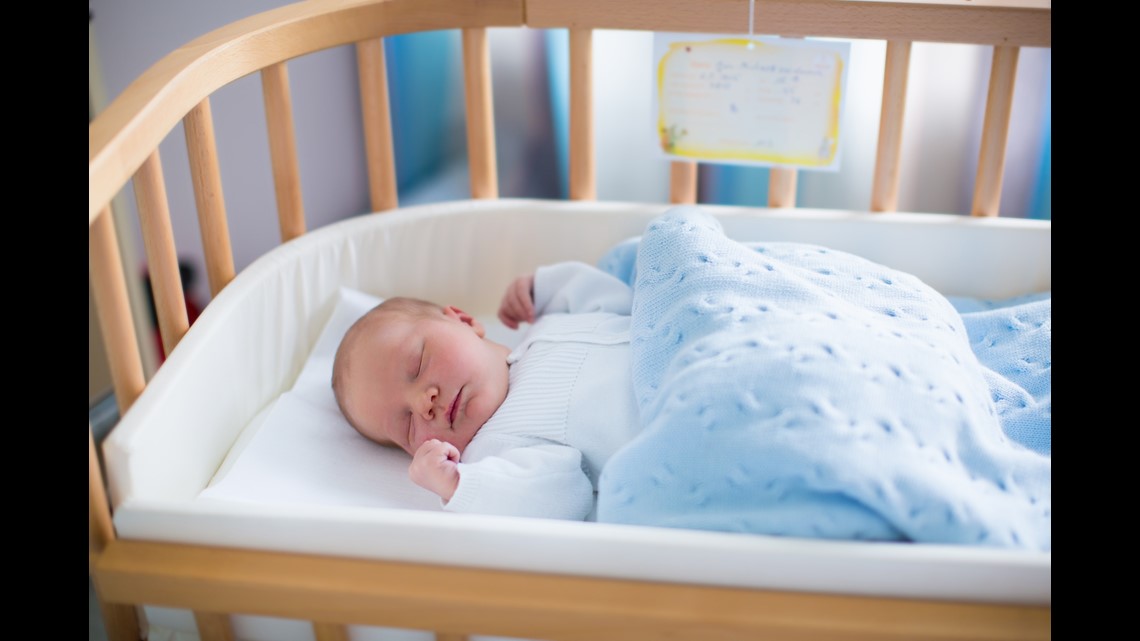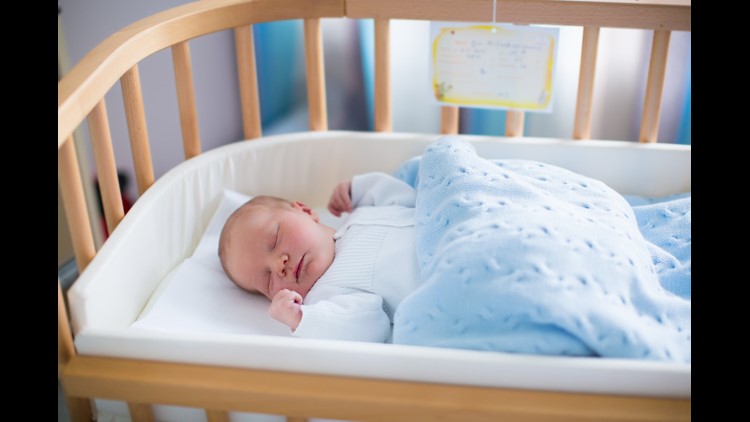

An additional 2,000 children die annually in the U.S. from other unexpected infant deaths, with cause ranging from accidental suffocation or strangulation to undetermined.
However, despite the majority of these deaths occurring while the infant is sleeping, usually in an unsafe environment, that hasn't changed how parents put their children to bed.
A new study from the American Academy of Pediatrics, a professional organization that counts 66,000 pediatricians among its membership, came out with a new study on Monday showing that "Most parents...placed the infants in environments with established risk factors for sleep-related deaths, including positioning the children on their sides or stomachs; soft sleep surface; loose bedding; or bed-sharing."
The approximately 160 infants studied were picked from two hospitals in central Pennsylvania, and their mothers were approached about participation within 48 hours of giving birth. All mothers were over age 18 (the median age was 29), spoke fluent English, and lived with their children. Most parents attended some college, and more than 80 percent of the mothers were married and living with their partners. Also, more of the participants were white and had higher socioeconomic and educational levels than the average for the general public.
The study worked by researchers placing video cameras in various areas of the house to monitor the infants at home at ages 1, 3 and 6 months. Despite parents knowing the researchers were watching and recording, the children were still placed in unsafe environments.
The first three bullets for each age are regarding the initial spot the child went to sleep in. The fourth line indicates how many children were moved to a new location overnight, and it was determined that most of these children ended up either not sleeping on their backs, being placed on non-recommended surfaces or having loose items in bed with them.
- 1 month olds:
- 21 percent were placed on non-recommended sleep surfaces
- 14 percent were not placed on their backs to sleep
- 91 percent had loose or non-approved items in the bed with them
- 28 percent were moved by parents to a new sleep position overnight
- 3 month olds:
- 10 percent were placed on non-recommended sleep surfaces
- 18 percent were not placed on their backs to sleep
- 87 percent had loose or non-approved items in the bed with them
- 18 percent were moved by parents to a new sleep position overnight
- 6 months old:
- 12 percent were placed on non-recommended sleep surfaces
- 33 percent were not placed on their backs to sleep
- 93 percent had loose or non-approved items in the bed with them
- 12 percent were moved by parents to a new sleep position overnight
In all three age groups, if the child was moved at some point in the night he or she was more likely to be sharing a bed.
The AAP recognizes that these numbers are higher than other previous studies, but says that is likely because nocturnal video cameras were placed in the participants' homes, and observed them as they would normally act. Other studies used self-reporting, and many people are reluctant to self-report the whole truth.
The AAP reports that it began educating the public about sleep risk factors in 1992. However, the conclusion of the study suggests "the need to improve public education efforts about safe sleep practices."
Several reasons were offered. For one, the researchers felt that cultural norms could be at play. "For instance, decorative bedding products displayed at and sold in retail establishments (and shown in parenting magazines) have influenced what is seen as appropriate by parents," the study said. Also, parents may think that infants are more comfortable or sleep longer in a different position, and parents may therefore do this.
If you have an infant, it's recommended that:
- You always place the child on his or her back to sleep
- Beware of loose blankets, stuffed animals, pillows, pads and other items in the bed
Read more about the study here.



